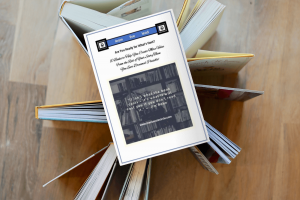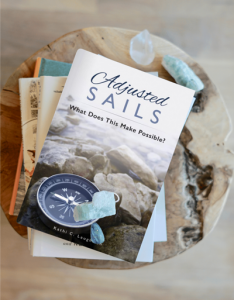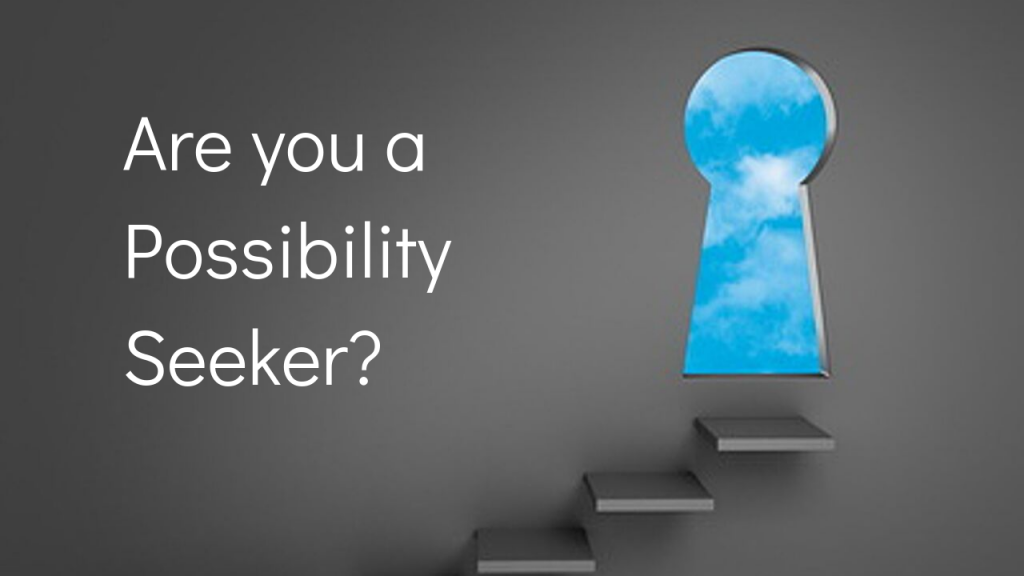I like it! Where did you get it? It’s one of the first questions we ask when we see something we like. But the real question we are asking is: Where can I get one? Whether it’s a pair of shoes or a new gadget; if we like it we’re going to want one, or twelve!
This is true about many things in life we admire. It’s not that we want to be carbon copies of others. It’s that quite often we lack confidence in our own ideas and creativity. So we borrow them.
 The real truth is that sometimes we short-change the magic just looking to others. Quite often, the best ideas will come from our own well-spring.
The real truth is that sometimes we short-change the magic just looking to others. Quite often, the best ideas will come from our own well-spring.
Here is something to consider: The essence of innovation is just doing something we already do but finding a new way to do it. It’s why technology has been so successful.
We’re doing the same things. We are just doing them differently; and, with far greater ease and reach.
So where do the best ideas live? Two of the best sources we’ve talked about: people and technologies.
But don’t just look at those as the surface answers. Use those ideas creatively. Pick them up and take them to a new place (your place!) and see how they fit. You might be surprised how one simple change makes a dramatic difference. Your difference.
Here’s another source to consider: Perceived failures. Many of the best ideas found their value in something other than their original intent. We’ve all heard the story of Thomas Edison saying he didn’t fail 999 times before he invented the light bulb. He just found 999 ways that didn’t work. But the part about not working was only for that one purpose. Many of those 999 (failures?) were innovations we still use today. In fact, for 389 of them he applied for and received patents.
Here’s the challenge: Let’s change the question. Instead of asking where can we get [that], let’s press for possibilities and ask: What can WE CREATE with [that]?
Live (create) today like you want tomorrow to be. Live (create) well.





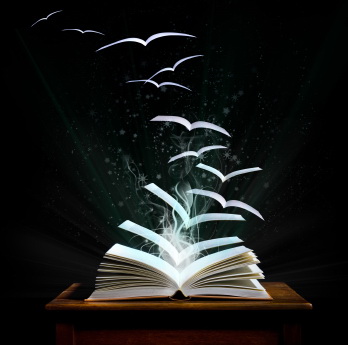 The news and social media threads have been filled lately with excitement about a particular movie. A movie many have been anticipating for a very long time.
The news and social media threads have been filled lately with excitement about a particular movie. A movie many have been anticipating for a very long time. Long ago in a land far away when I was a teenager, my favorite part about the Sunday newspaper was an insert about a particular celebrity.
Long ago in a land far away when I was a teenager, my favorite part about the Sunday newspaper was an insert about a particular celebrity.
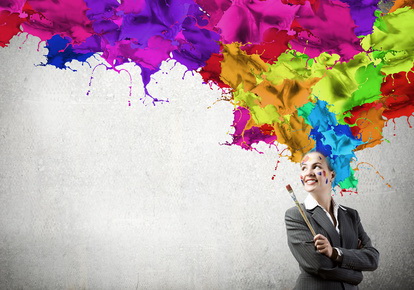 What can we think of if only we try?
What can we think of if only we try?